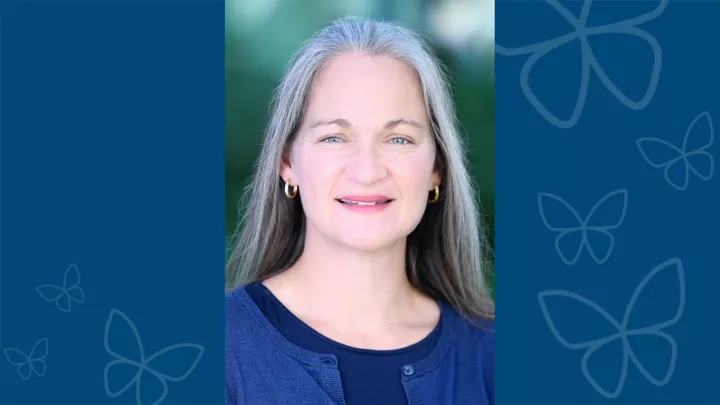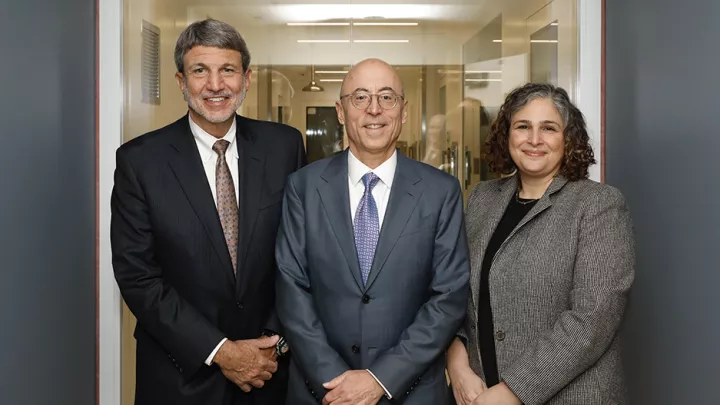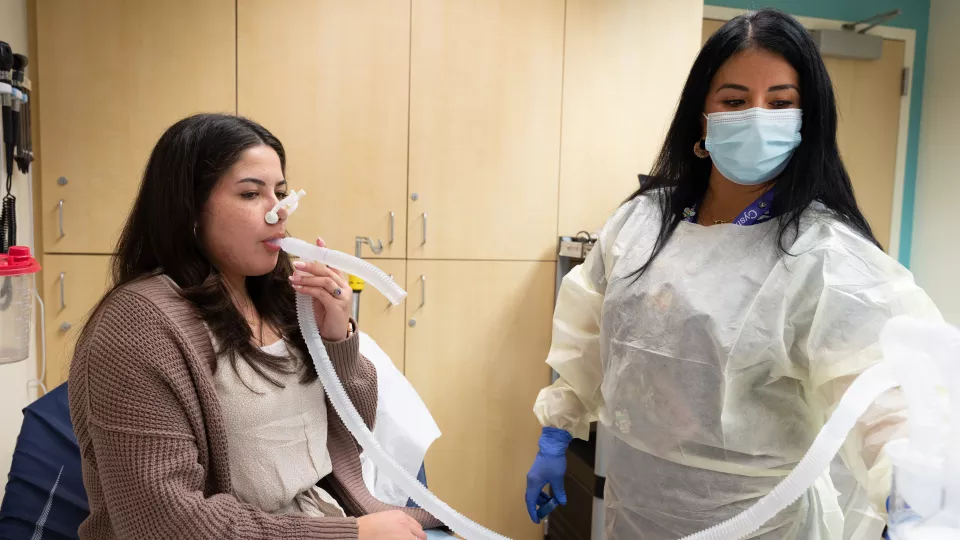
Nurse Practitioner Carmen Reyes, MSN, FNP, CCRC (right), performing pulmonary function testing on a patient
Developing New Approaches for Children With Cystic Fibrosis
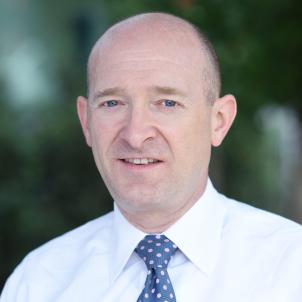
Over the past decade, the advent of new medications has been a game changer for many children and adults with cystic fibrosis (CF). But while these therapies can significantly enhance lung function, they are not a cure—and not all patients are eligible for them.
At Children’s Hospital Los Angeles, the Cystic Fibrosis Center is dedicated to improving the lives of all children with CF. The Center combines a long history of clinical care with a robust research program—including basic and translational studies, along with multiple clinical trials.
Recently, the team welcomed two new pediatric pulmonologists to enhance these efforts: Martha McKinney, MD, MPH, and Elizabeth Burgener, MD.
“We provide comprehensive care for children with cystic fibrosis, but we’re also active in investigating new approaches,” says Mark Selleck, MD, PhD, Director of the Cystic Fibrosis Center in the Division of Pulmonology and Sleep Medicine at Children’s Hospital Los Angeles. “We’re excited to welcome these new faculty members, who bring extensive experience in treating and studying CF.”
Leading clinical research
The Cystic Fibrosis Center at CHLA began more than 60 years ago. Today, it cares for more than 140 patients and manages two affiliate CF centers in Southern California.
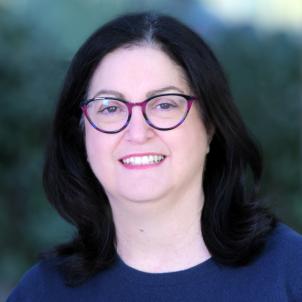
The team’s multidisciplinary care includes expertise from pediatric pulmonologists, infectious disease specialists, gastroenterologists, a nurse care coordinator, dieticians, respiratory therapists, physical therapists, social workers and psychologists.
“We offer the full spectrum of care,” says Dr. McKinney. “It’s not just about medical treatment. It’s also about addressing all the different ways this disease affects children, adolescents and their families.”
Dr. McKinney joined the team in October from Stollery Children’s Hospital and the University of Alberta in Canada. In addition to seeing patients, she is leading the Center’s clinical research program.
That program includes ongoing clinical trials offered through the Cystic Fibrosis Foundation’s Therapeutics Development Network (TDN). Children’s Hospital Los Angeles is uniquely positioned to contribute to these trials because of its highly diverse patient population.
That’s important because many patients from diverse racial and ethnic backgrounds have mutations that make them ineligible for a class of drugs that has transformed treatment in CF: cystic fibrosis transmembrane conductance regulator (CFTR) modulator therapies.
“About 30% of our patients at CHLA have mutations that don’t respond to these therapies,” says Dr. McKinney. “There’s a deep need for new approaches to help these children.”
Current trials at CHLA include studies that aim to refine and improve modulator therapy. But another hope on the horizon is gene therapy—the potential of fixing the mutated gene in CF, allowing it to produce a normal protein.
Several companies are exploring gene therapy for CF, and the first early-phase trial began last year in adults.
“We want to have a cure for CF that can help all patients,” Dr. McKinney says. “Those industry-sponsored studies are just getting started, though, and they will take place in adults before they move to pediatric centers.”
Improving treatment for lung infections
Dr. Burgener joined CHLA last summer from Stanford University. Funded by the National Institutes of Health and the Cystic Fibrosis Foundation, she is leading translational research that aims to better understand and treat airway infections in children with CF.
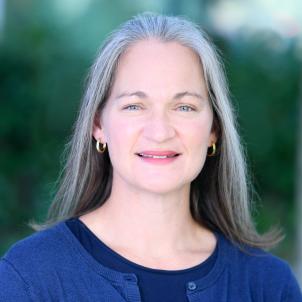
Specifically, she is studying Pseudomonas, a bacteria that causes chronic infection in the CF airway. Her research has found that a particular bacteriophage—a type of virus that infects bacteria—is found in the sputum of patients with CF and is associated with worse outcomes for patients.
Although certain phages can kill bacteria, this particular virus, called Pf phage, is different.
“It infects the bacteria but it doesn’t kill it. It is produced in high concentrations by the bacteria and incorporates into the biofilm surrounding the bacteria, making it more viscous and much harder for antibiotics to penetrate. This makes it harder for patients to clear the bacteria from their airway,” Dr. Burgener explains.
Her research aims to better understand the role of this phage and to uncover other clinically significant phages that may be present in the airways of children with CF. She also plans to launch a clinical trial at CHLA. That study will evaluate whether the presence of Pf phage can predict a child’s response to specific antibiotics.
“The goal is to see if we can use Pf phage as a biomarker to guide and improve antibiotic therapy for these chronic infections,” she notes.
A team approach
The Center has a strong commitment to training the next generation of CF clinicians and researchers as well. Currently, two of the team’s fellows have research projects funded by the Cystic Fibrosis Foundation.
Nurses play a key role on the team as well. Nurse Practitioner Carmen Reyes, MSN, FNP, CCRC, has been caring for patients and working with research in the Cystic Fibrosis Center for 15 years. Nurse Coordinator Whitney Gore, RN, BSN, joined in 2011 and coordinates referrals from newborn screening, leads quality improvement initiatives and serves as a central point of contact for families.
“These patients need complex care and often see multiple specialists,” Gore says. “We work very closely with families to coordinate visits and make sure that children are getting the care they need.”
That collaboration is key to the Center’s success.
“We have an incredible team here. That is one of our biggest strengths,” Dr. McKinney says. “We don’t care for these patients alone. We all work together to provide the best care for each child and family.”

